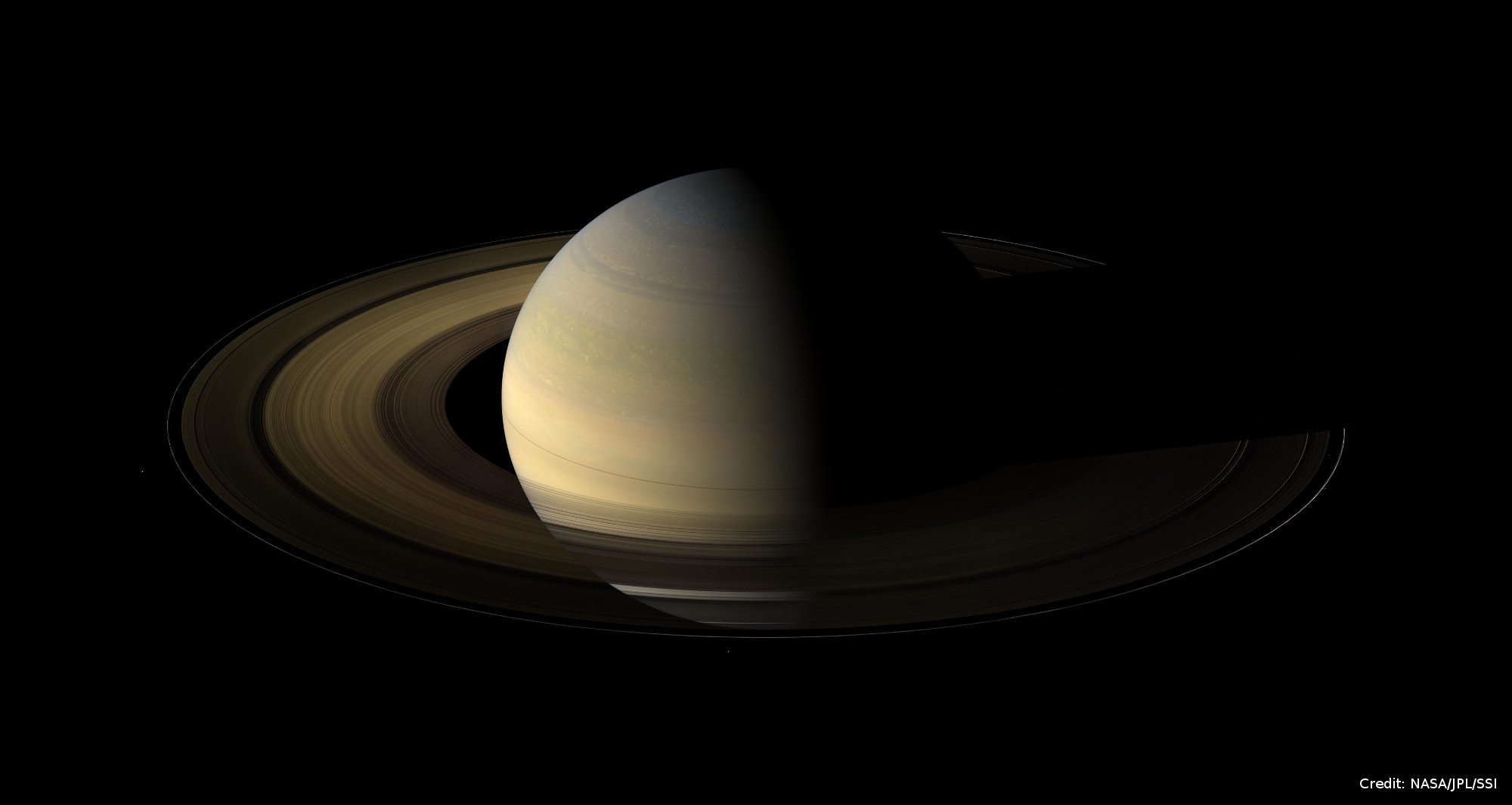Home Team members Publications Meetings Restricted area
![]() ISSI
International Team
ISSI
International Team

Rotational phenomena in Saturn's magnetosphere
| Rotational modulations near the planetary period were first detected in the Saturnian magnetospheric plasma, magnetic fields, and radio emissions during the Voyager era. Subsequently these phenomena have received significant international interest, having been extensively studied in the hope that they would provide some measure of the rotation period of the deep interior of the planet. However, despite the wealth of data obtained by the Cassini orbiter, theories of the origins of these modulations in Saturn's otherwise apparently perfect axi-symmetric magnetic field remain highly contested. Proposed theories of their origin variously invoke as yet un-detected high-order anomalies in the planet's magnetic field, stable rotating neutral wind systems in the thermosphere, or some intrinsic symmetry-breaking of the rotating magnetosphere favoring the observed m=1 mode. Following the past decade of extended study, in which available data sets were often studied in isolation, it has become evident that continued progress towards a complete understanding of these phenomena requires the collaborative atmosphere provided by ISSI, giving renewed impetus to this research. To that end, we have assembled a team of active researchers in this field willing to contribute to such a collaborative effort, bringing expertise in the analysis of magnetometer, radio, and particle data sets, as well as the development of theoretical models. Our focus would be on the synthesis and joint analysis of existing data sets, with a view to provide the best possible estimate of the periodicity, time-variability, phase relationships, response to solar wind variations, and global structure of these modulations. A complete theory of the origin of these periodic phenomena in an otherwise axi-symmetric magnetosphere would be a significant development within space physics, and is likely required for the refinement of models of Saturn's interior magnetic field (which may in turn yield a measure of the 'true' planetary rotation period, when new data becomes available). Furthermore, this work would have direct applications to the study of other rotating magnetospheres both inside and outside our solar system, where similar processes are likely occurring. |
| Our international team was a two-year effort with one meeting in 2015 (October 26-30) and one in 2017 (March 20-24) . The Team Leader was David Andrews with Georg Fischer as co-leader. |